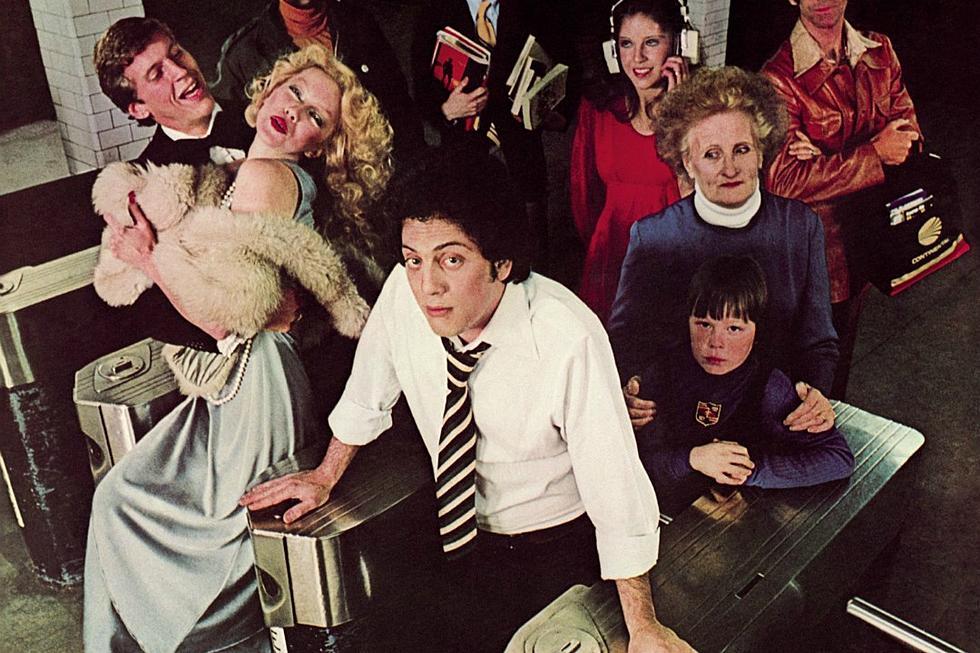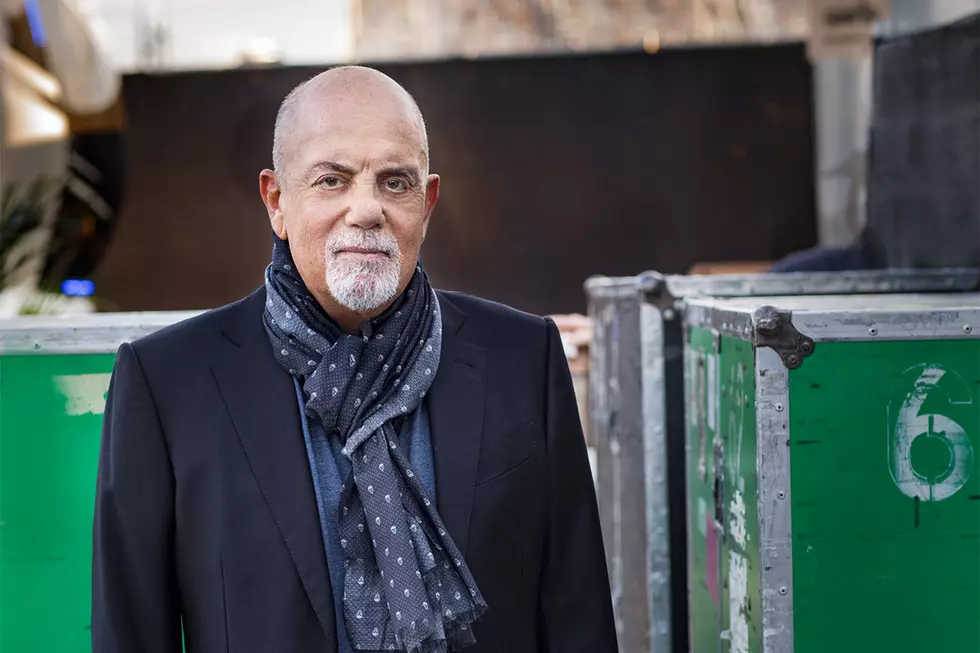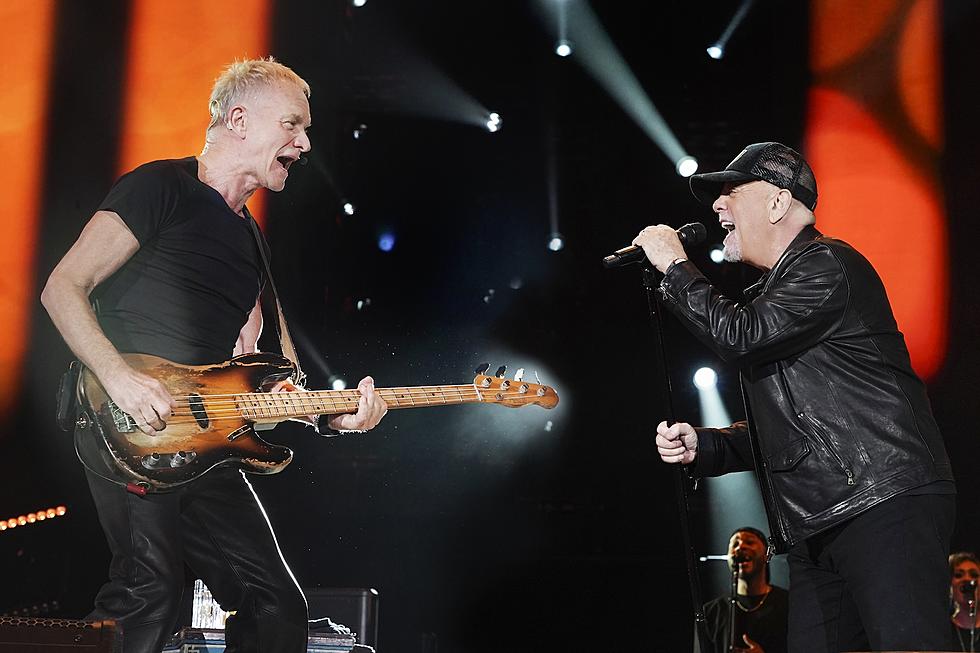
How Billy Joel Grew Up as a Songwriter on ‘Turnstiles’
Billy Joel spent the first few years of his major-label recording career as an artist who seemed perpetually on the verge of breakthrough success, but — with the exception of a handful of moderately popular singles — hadn't come close to achieving his commercial potential. When he entered the studio for his fourth LP, he was in desperate need of a hit.
To that end, execs at Joel's label, Columbia Records, tried to hedge their bets by hooking him up with producer James William Guercio. A onetime staff producer for the label, Guercio rose to prominence after helming hit records for Chicago and Blood, Sweat and Tears; by the mid-'70s, he'd proven himself a reliable hitmaker several times over, founding the popular Caribou Ranch recording studio that birthed a slew of platinum LPs over the course of the decade. Getting him behind the boards for Joel's next record was a coup for the fledgling artist.
It was a major gamble, then, for Joel to fire Guercio partway through — and then produce the record himself, opting to work with his live band instead of session players. After yielding to outside opinions for his first three albums, Joel was determined to take the reins and communicate his own vision in his own way.
Joel's increased willingness to assume complete creative control dovetailed with a set of deeply personal songs. Though each of his albums to that point had included their fair share of autobiographical material, this batch of material offered a clear snapshot of where he was as an artist — and a human being — that was heavily colored by his decision to return to New York after several years in California.
Inspired by the socioeconomic woes faced by his home state during the mid-to-late '70s, Joel headed back East to stay — a journey reflected in the songs "Say Goodbye to Hollywood" and "New York State of Mind," both of which would end up on the new album. At the same time, he found himself at a professional and emotional crossroads, unsure of his career prospects and grappling with the domestic turmoil that goes along with the life of a touring musician — emotions that fed into songs like "Summer, Highland Falls" and "I've Loved These Days."
Titled Turnstiles, this batch of songs presented a more mature songwriter than the Joel audiences had heard on previous efforts — not just thematically, but musically. Working with his live band in the studio allowed for a greater degree of communication, opening the songs up to fuller and more complex arrangements. Where his previous releases had been sonically cohesive to a fault, Turnstiles took a boldly eclectic approach, moving from the sweeping arena rock sci-fi of "Miami 2017 (Seen the Lights Go Out on Broadway)" to the tongue-in-cheek reggae of "All You Wanna Do Is Dance" — and the Wall of Sound-influenced "Say Goodbye to Hollywood" to the pensive singer-songwriter sound of "Summer, Highland Falls."
Listen to Billy Joel's 'Say Goodbye to Hollywood'
But as he'd later discover while making an aborted run at self-producing his 1993 release River of Dreams, Joel had neither the perspective nor the discipline to make an effective producer. The songs he brought to the table for Turnstiles were among the best he'd written to that point, but they weren't effectively served in the studio. Even though the album was clearly the work of musicians working closely in sync, the recordings did little to capture the dynamic energy Joel and his band had in a live setting.
Perhaps as a result, Turnstiles did little to reverse Joel's commercial slide after its arrival in stores on May 19, 1976. Neither "Say Goodbye to Hollywood" nor the follow-up single "James" cracked the Billboard chart, and the album itself peaked at a lowly No. 122. Back on the road behind the LP, Joel and his band faced yet another uphill climb in support of a record that seemed destined to sink without much of a trace. Columbia might have been unable to connect him with a national audience, but he continued to build a reputation as an outstanding live act, and burnished his growing legend with a number of attention-getting shows.
It was while promoting Turnstiles that Joel — although he wasn't aware of it at the time — made arguably the most pivotal connection of his career by catching the ear of producer Phil Ramone. Impressed by not only Joel's songwriting but also his rapport with his band, Ramone agreed to produce his next record with the group intact. The result, 1977's The Stranger, made multi-platinum history, and started a long working relationship that defined the bulk of Joel's discography.
The best cuts from Turnstiles, meanwhile, quickly became staples in Joel's live act — and eventually received their recorded due in 1981, when he included four songs from the album in the track listing for his first live album, Songs in the Attic. "Something was missing on those old records," he admitted in the liner notes. "Our intention here is to provide a selected sampling of the earlier stuff, played the right way — with honest road muscle."
Final Albums: 41 of Rock's Most Memorable Farewells
More From Ultimate Classic Rock









